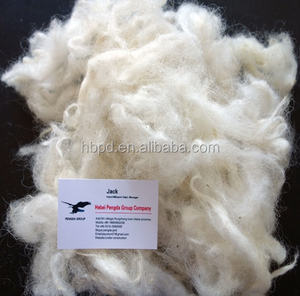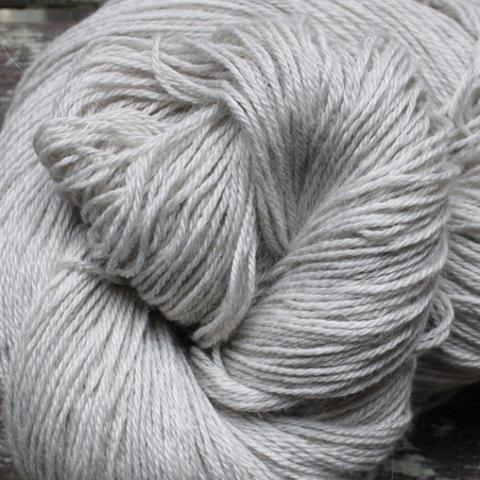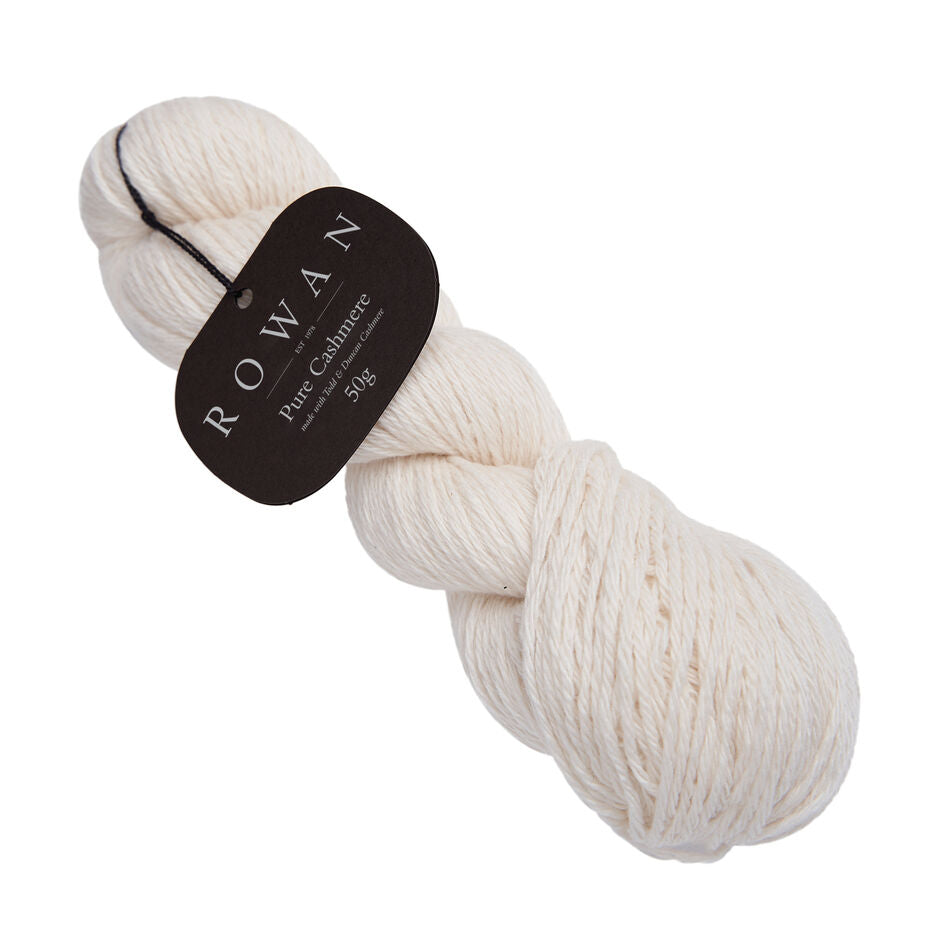What Is Cashmere and Why It’s Known One of the Softest Fabrics in the World
What Is Cashmere and Why It’s Known One of the Softest Fabrics in the World
Blog Article
Reasons You Must Require Cashmere an All-natural Fiber for Convenience and Elegance in Everyday Wear
In the realm of fabrics, couple of fibers equal the high-end and comfort of cashmere. How can one best make use of cashmere to raise their design? These interesting inquiries lay the structure for an informing expedition into the world of cashmere. cashmere fibre.
Understanding the Luxurious Nature of Cashmere

Examining the Convenience Element of Cashmere Apparel
What high qualities underline the convenience variable of cashmere garments? The gentleness of cashmere is the first high quality to think about. Its deluxe appearance makes it seem like a 2nd skin, supplying warmth without the weight or itchiness linked with various other wool items. Cashmere's one-of-a-kind fiber framework permits for breathability, managing temperature level and stopping overheating. The material's adaptability and longevity make sure that it mold and mildews versus the body pleasantly, preserving its shape with time. Cashmere's hypoallergenic properties additionally add to its comfort, making it an excellent option for delicate skin. The capability to layer cashmere pieces without thickness heightens the comfort variable. Fundamentally, the comfort of cashmere is stemmed from its softness, breathability, toughness, hypoallergenic nature, and convenience.

The Ecological Influence and Sustainability of Cashmere
While the convenience and style of cashmere are definitely enticing, it's just as vital to consider its relationship with the environment. Cashmere production, largely in Mongolia and China, includes elevating cashmere goats, which can considerably stress vulnerable grassland ecosystems due to overgrazing. This can lead to desertification, a pressing ecological issue. The processing of cashmere, involving cleaning and dyeing, can what material is cashmere likewise add to water contamination if not appropriately handled. Efforts are being made to establish lasting cashmere production techniques, such as rotational grazing and cleaner processing strategies. While cashmere has ecological influences, its sustainability mainly depends on manufacturing methods.
Comparing Cashmere to Synthetic Fibers: A Cost-Benefit Analysis
Regardless of its environmental obstacles, cashmere presents an unique set of advantages over artificial fibers. Cashmere's natural fibers use unequaled softness and warmth, translating into convenience that artificial fibers struggle to match. Unlike synthetic fibers, cashmere does not contribute to microplastic air pollution, making it an extra sustainable option.
Designing Tips With Cashmere for Everyday Style
Having thought about the cost-benefit analysis of cashmere contrasted to artificial fibers, it comes to be clear why this luxurious product is a favored choice for many. When styling cashmere for everyday sophistication, simplicity is vital. Inevitably, the inherent style of cashmere makes it a flexible enhancement to any kind of wardrobe, easily enhancing everyday attire with a touch of luxury.

Conclusion
In recap, the exceptional residential or commercial properties of cashmere make it a beneficial enhancement to any kind of wardrobe. Its extravagant feeling, breathability, versatility, and convenience to varying temperatures are exceptional. Furthermore, cashmere's sustainability and reduced environmental impact contrasted to synthetic fibers better boost its allure. The timeless sophistication of cashmere, integrated with its convenience, includes refinement to day-to-day wear. Spending in cashmere garments is a beneficial decision for style, comfort, and sustainability.

Report this page